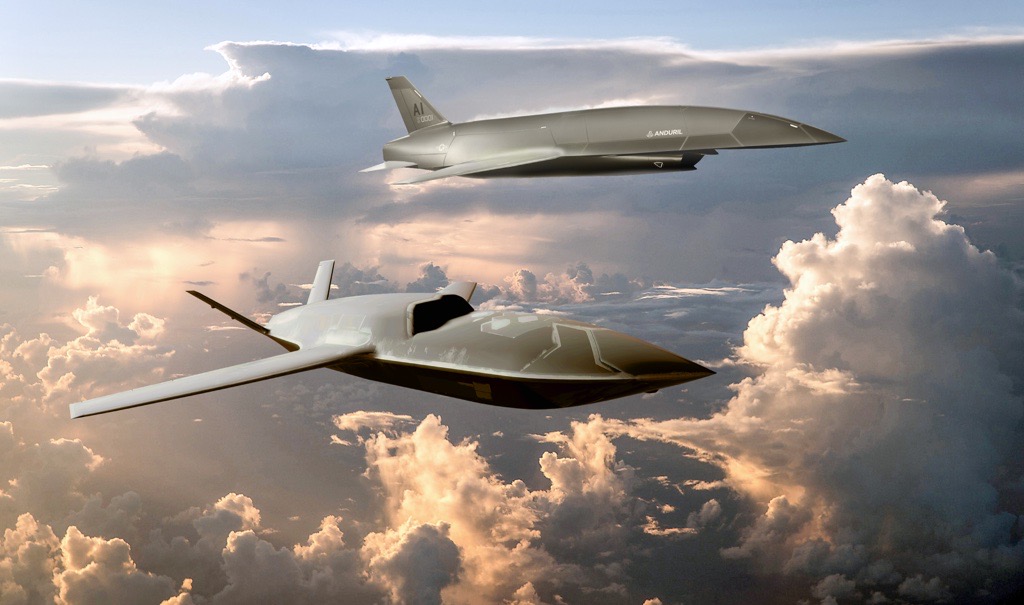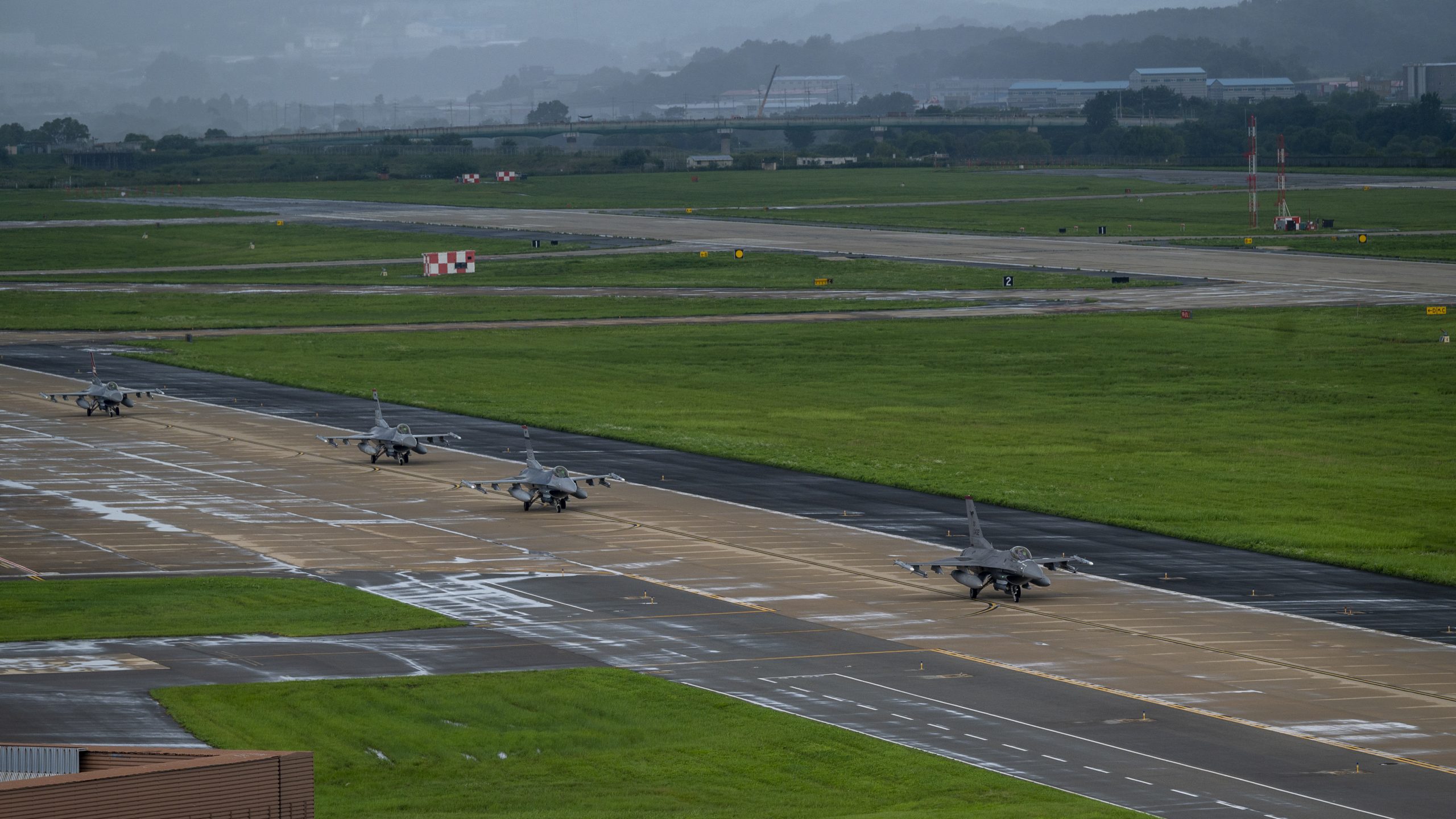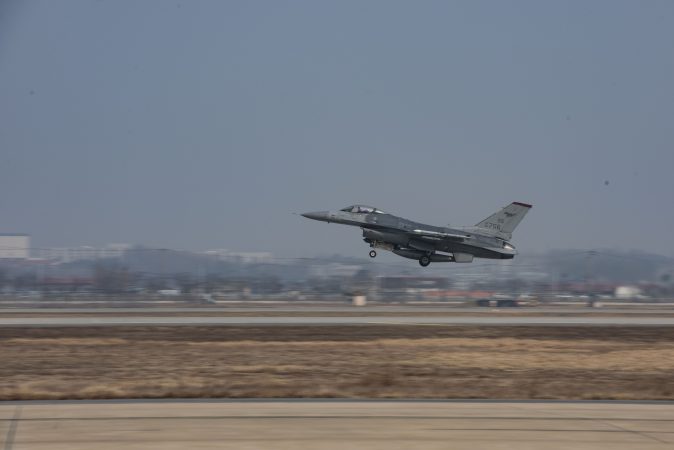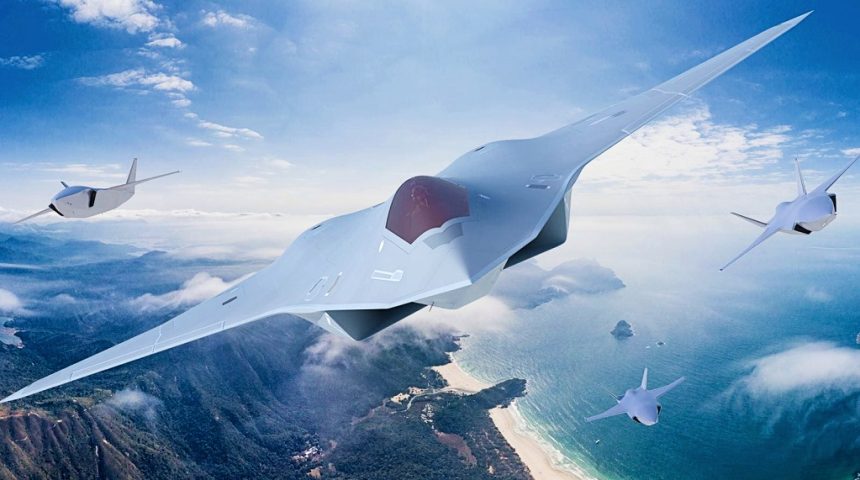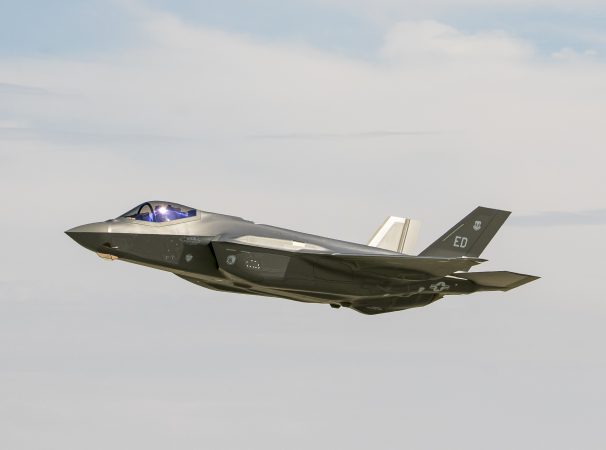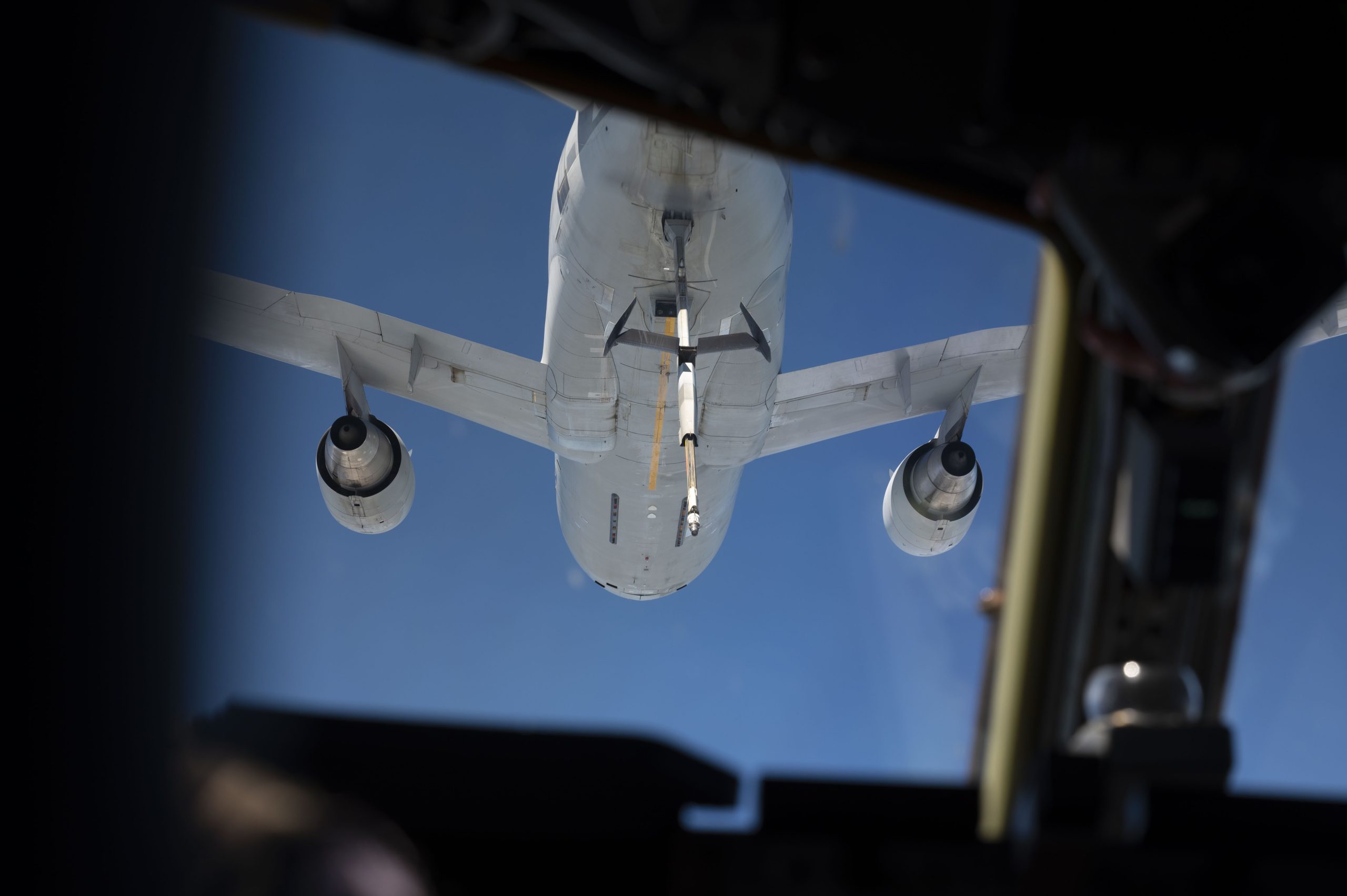The next iteration of U.S. Air Force Collaborative Combat Aircraft are likely to be less sophisticated than Increment 1, now in development—and could include air-launched vehicles, according to the head of Air Force Futures.
“I think you’ll see a range of options, from the low end to potentially a more exquisite” autonomous, uncrewed CCA, said Maj. Gen. Jospeh D. Kunkel during a AFA “Warfighters in Action” discussion April 24. “I tend to think that it’s probably going to be closer to this low end thing, when we start looking at the further CCA increments.”
Kunkel acknowledged that, in his last months in the job, former Air Force Secretary Frank Kendall speculated that Increment 2 would be a “more exquisite” aircraft than Increment 1, which yileded two aircraft that are now in fabrication and expected to start flight tests this summer.
“It might be,” Kunkel said. “But we’re also seeing that there’s going to be room…for other capabilities that aren’t as exquisite…that are cheaper, that provide mass.” Kunkel said the driving purpose driving CCA development is the need for “affordable mass,” the ability to put more aircraft in the skies to overwhelm and confuse adversaries without breaking the bank.
“We’ve got to look at…how we generate combat power, and that generation of combat power from bases is important, but there might be other ways…that don’t rely on bases,” Kunkel said. “That might be something that we might be looking at as we start looking at future increments of CCA. That is a big portion of it.”
Increment 1 prototypes being built by Anduril Industries and General Atomics Aeronautical Systems will take off conventionally, from a runway, and their mission will be air-to-air combat, to be flying weapons magazines that escort and help defend crewed fighters. Later increments have long been expected to take on other missions, such as electronic warfare and ground attack.
Kunkel said the idea for CCAs came from “baby F-22 drivers” like himself years ago, “sitting around the bar at Elmendorf, saying, ‘Man, I ran out of missiles after only five minutes of fight. If only I had this ‘loyal wingman,’ that wouldn’t talk back to me, but would also be able to just shoot some missiles.’ … We didn’t call it CCA back then, but we’re now getting to the point [of] realizing” the concept.
An air-launched CCA would have to be significantly smaller and lighter than Increment 1 aircraft; it is not clear whether that would be less costly. The Air Force has experimented with launching pallets of missiles from the back of cargo planes, under a series of tests called Rapid Dragon, which Kunkel seemed to reference.
A less-sophisticated CCA would overlap the utility of cruise missiles, said one industry critic who questioned the concept. “We already have missiles that don’t come back,” he said. “Why build something that is meant to have hundreds of hours of use if you’re going to use it like a missile? The math doesn’t add up.”
Kunkel also said CCAs will likely support virtually all combat aircraft, from the new F-47 Next Generation Air Dominance fighter to F-16s, and also could be used independently from crewed aircraft, as well.
“Integration with the F-47 makes the F-47 better. CCA integration with F-35, F-22…I would suggest, potentially in the future, the B-21, E-7 and maybe just a CCA on its own, complicates the adversary picture, [and] puts us in a better position,” Kunkel said.
Flying fleets of CCAs will tax adversaries’ defenses, making it “a more complex and harder fight” by attacking from multiple axes, and creating a “dense threat environment.”
Kunkel said the future Air Force force design started a year ago is now “mature” and will be completed soon. It will be adaptive and “enduring,” rather than something in need of constant revision. But it will take time to execute, perhaps a decade to be complete. It will also be fundamentally joint, and predicated on accomplishing effects at long range. The Air Force and other services have formed a “Joint, Long-Range Kill Chain Organization” to collaborate on leveraging digital connectivity to ensure faster target hand-offs to empower the platform best positioned to make a needed strike.
The new force design will depend on industry’s ability to generate and sustain an evolving selection of weapons that will not be so pricey as to be exhausted after a few weeks of intensive fighting, he said.
“We’ve been pursuing cheaper weapons,” because the U.S. needs to impose cost on the adversary, rather than the reverse, Kunkel said.
“If we’re shooting multi-million dollar missiles against…multi-thousand dollar drones…that doesn’t make sense for us,” he said. “We need to figure out how to do it so we don’t find ourselves…depleting weapons, when, frankly, we don’t need to.”
The Air Force can ill afford to use up “the exquisite weapons they have on day one,” and then turn to “turn into, you know, “moderately exquisite weapons on day 15, and then by day 30 … [start] dropping Mark 82 and dumb bombs that we’ve had since World War II. We want to put [the future force] in position where this weapons portfolio we have is pretty solid, and you can count on the same from day one through day 600.”
Kunkel said last month’s selection of Boeing to build the “game-changing” F-47 made for a “fantastic day for the Air Force,” because “it showed the confidence of the President…in our United States Air Force, which I think is extremely important [and] it also assured air superiority for generations to come.”
He said the service came full circle in its months-long re-assessment of the NGAD program.
“I guess we probably didn’t need to do the analysis, because what we found is that we were right, that air superiority, in fact, does matter, that it changes the entire complex of the fight … not just for the Air Force [but for] the joint force…It allows…the joint force to get places where it otherwise couldn’t.”
The F-47, Kunkel said, “allows us to move closer to the adversary, allows us to counter the adversary.”
